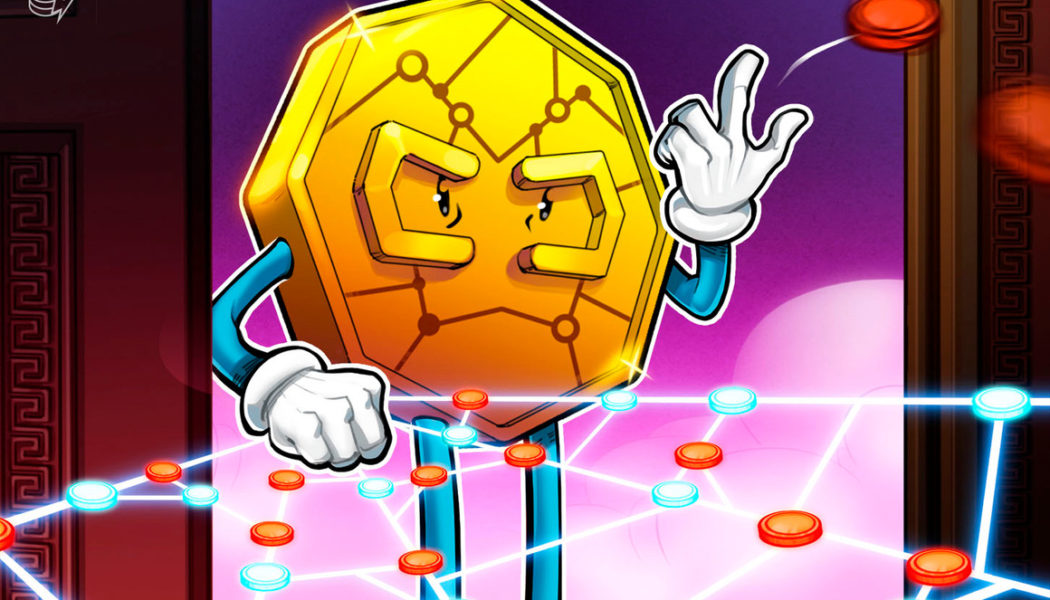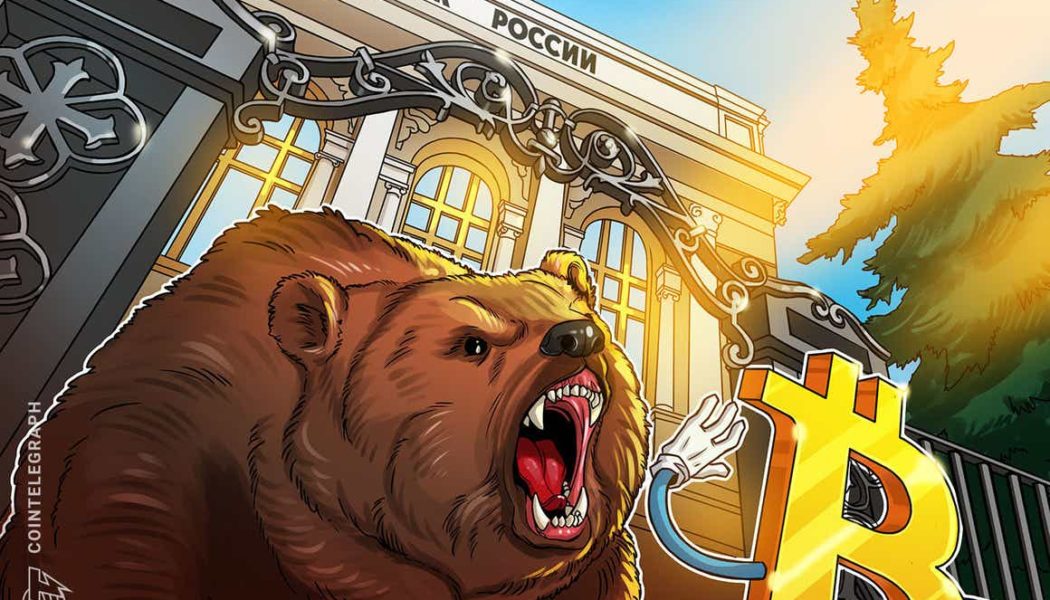digital asset
Andorra green lights Bitcoin and Blockchain with Digital Assets Act
A small light of progress shines from Andorra, a tiny European country nestled between France and Spain. The country’s government, the General Council of Andorra, recently approved the Digital Assets Act, a regulatory framework for digital currencies and blockchain technology. The act is split into two parts. The first regards the creation of digital money, or “programmable digital sovereign money,” which can be exchanged in a closed system. In effect, this would allow the Andorran state to create its own token. The second half of the act refers to digital assets as financial instruments and intends to create an environment in which blockchain and distributed ledger technologies can be regulated. For Paul (who withheld his surname), CEO of local Bitcoin business 21Million, the new la...
Dutch bank ING sells digital asset tool Pyctor to GMEX
ING Group, a Dutch multinational banking and financial services corporation, has spun out its digital asset business Pyctor to multi-asset trading infrastructure firm GMEX. GMEX has acquired ING’s institutional-grade digital asset custody solution Pyctor in a multi-million dollar deal, the companies said in a joint announcement on Monday. The Pyctor offering compliments GMEX’s MultiHub service, an institutional cross-platform business launched last year with the mission to bridge the gap between centralized finance (CeFi) and decentralized finance (DeFi), GMEX CEO Hirander Misra told Cointelegraph. Pyctor expands MultiHub with a number of digital asset-focused capabilities, including smart contract features, post-trade custodial and institutional network capabilities like the fragmentation...
Crypto funds under management drop to a low not seen since July 2021
Digital asset investment products saw $141 million in outflows during the week ending on May 20, a move that reduced the total assets under management (AUM) by institutional funds down to $38 billion, the lowest level since July 2021. According to the latest edition of CoinShare’s weekly Digital Asset Fund Flows report, Bitcoin (BTC) was the primary focus of outflows after experiencing a decline of $154 million for the week. The removal of funds coincided with a choppy week of trading that saw the price of BTC oscillate between $28,600 and $31,430. BTC/USDT 1-day chart. Source: TradingView Despite the sizable outflow, the month-to-date BTC flow for May remain positive at $187.1 million, while the year-to-date figure stands at $307 million. On a more positive note, the multi-asset cat...
Wildlife conservation efforts turn to NFT-funded initiatives
Digital twin nonfungible tokens, or NFTs, aren’t just reserved for consumer products anymore. Netherlands-based decentralized carbon credit exchange Coorest and conservation consulting firm PLCnetwork of the Southern Hemisphere teamed up to tokenize individual real-world endangered animals at game reserves and privately owned conservation areas in Africa. These wildlife NFTs enable holders to sponsor an elephant, lion, cheetah or rhino. Profits from the sales will go toward food, shelter and security for the animals they represent. Cointelegraph spoke to William ten Zijthoff, founder and chief executive officer of Coorest, to learn more about combining blockchain and sustainability with wildlife preservation. Coorest is best known for operating an NFTrees CO2 compensat...
Russian central bank needs to ease up digital asset projects, governor says
Elvira Nabiullina, governor of the Bank of Russia, has admitted that Russia’s central bank might have taken a bit too tough a stance on digital assets and should look to reconsider that. On Thursday, the Russian State Duma reappointed Nabiullina as Bank of Russia governor, marking the third time for her to take the post since she started serving in the position back in 2013. At the official Duma session, Nabiullina talked about many measures that Russia has been taking and is planning to adopt in order to help the government mitigate the impact of massive Western sanctions against the Russian economy. As part of the government’s measures to maintain the economy, the Bank of Russia is working to bring the topic of digital financial assets to a “working state,” Nabiullina stated. She emphasi...
Sushi and Synthetix get the boot in Grayscale DeFi fund rebalancing
Digital asset management firm Grayscale, has added three new cryptocurrency assets across three main investment funds, while removing two other assets from its Decentralized Finance Fund as part of this year’s first quarterly rebalance. Grayscale removed tokens from crypto-derivatives decentralized exchange Synthetix (SNX), and decentralized exchange SushiSwap (SUSHI), from its DeFi fund after the two crypto assets failed to meet the required minimum market capitalization. No other cryptocurrencies were removed during the rebalancing. Grayscale’s DeFi fund, which was launched in July last year, currently holds approximately $8 million in assets. The digital assets remaining in the DeFi fund after the quarterly rebalance include Uniswap (UNI), Aave (AAVE), Curve (CRV), MakerDAO (MKR),...
New SEC guidance on accounting and disclosures rankles Commissioner Peirce
U.S. companies that safeguard their clients’ crypto-assets received new accounting guidance Thursday in the form of a Securities and Exchange Commission, or SEC, Staff Accounting Bulletin. The guidance got a strong response from SEC commissioner Hester Peirce, a steadfast crypto advocate. Staff Accounting Bulletin 121 noted the high technological, legal and regulatory risks associated with the custody of crypto-assets, relative to traditional assets. Those risks impact the operations and financial condition of companies such as Coinbase, PayPal and Robinhood, which safeguard users’ crypto-assets and allow the users to trade them on their platforms. For this reason, companies are advised to list their users’ assets on their books as liabilities as well as assets at their fair value at initi...
White House office seeks public opinion on crypto-climate implications
The Office of Science and Technology Policy (OSTP), an Executive Office of the President of the United States, commenced a study to identify the scope for offsetting energy use and climate changes related to digital assets. On March 9, United States President Joe Biden signed an executive order, directing various federal agencies to examine implications of digital assets on six key areas — consumer and investor protection, financial stability, financial inclusion, responsible innovation, the United States’ global financial leadership and combating illicit financial activity. As a part of the initiative, the OSTP invited the general public and other stakeholders to share their viewpoints on various factors that contribute to the energy use and climate impacts of all types of digital a...
Future of finance: US banks partner with crypto custodians
Grayscale Investments’ latestreport “Reimagining the Future of Finance” defines the digital economy as “the intersection of technology and finance that’s increasingly defined by digital spaces, experiences, and transactions.” With this in mind, it shouldn’t come as a surprise that many financial institutions have begun to offer services that allow clients access to Bitcoin (BTC) and other digital assets. Last year, in particular, saw an influx of financial institutions incorporating support for crypto-asset custody. For example, Bank of New York Mellon, or BNY Mellon, announced in February 2021 plans to hold, transfer and issue Bitcoin and other cryptocurrencies as an asset manager on behalf of its clients. Michael Demissie, head of digital assets and advanced solutions at BNY ...
Laundering via digital pictures? A new twist in the regulatory discussion around NFTs
On Feb. 6, the United States Department of the Treasury released a report under the headline “Study of the facilitation of money laundering and terror finance through the trade in works of art.” In fact, only a tiny fraction of the 40-page document is dedicated to the “Emerging Digital Art Market,” by which the department understands the market for nonfungible tokens, or NFTs. Still, even a brief mention of the emerging NFT space in this context can have major implications for the tone of the nascent regulatory debate with regard to the asset class. What the report said The overall tone of the report is hardly alarming for the NFT space: The document casually mentions the growing interest in the digital art market both from private investors and legacy institutional players such as a...
Russian gov’t and central bank agree to treat Bitcoin as currency
The government and central bank in Russia have reached an agreement on how to regulate cryptocurrencies, according to a Tuesday announcement. Russia’s government and central bank are now working on a draft law that will define crypto as an “analogue of currencies” rather than digital financial assets, set to be launched on Feb. 18. Cryptocurrencies would function in the legal industry only if they have complete identification through the banking system or licensed intermediaries. Kommersant notes that Bitcoin (BTC) transactions and possession of cryptocurrency in the Russian Federation are not prohibited; however, they must be done through a “digital currency exchange organizer” (a bank) or a peer-to-peer exchange licensed in the country. The report also highl...























